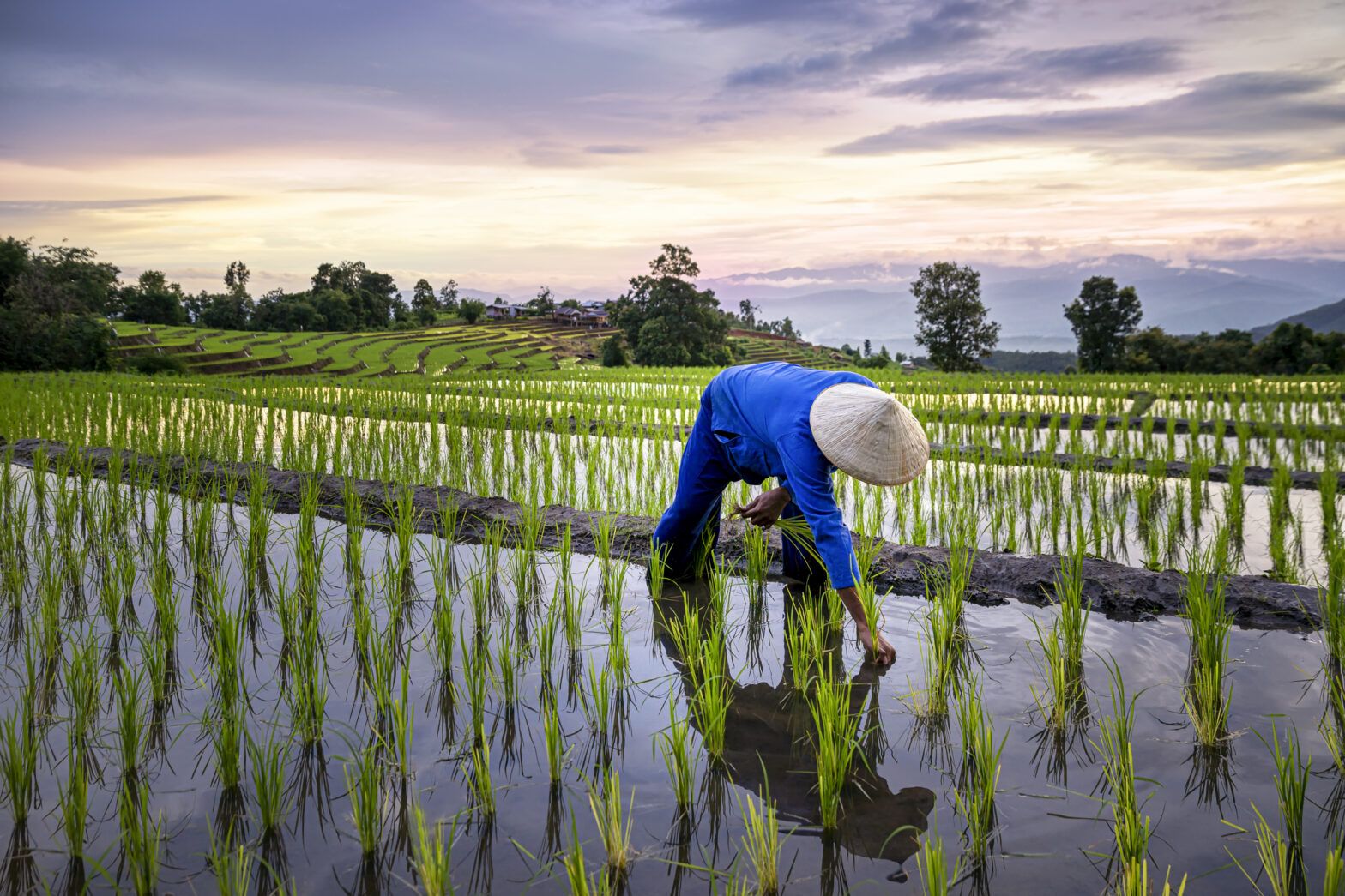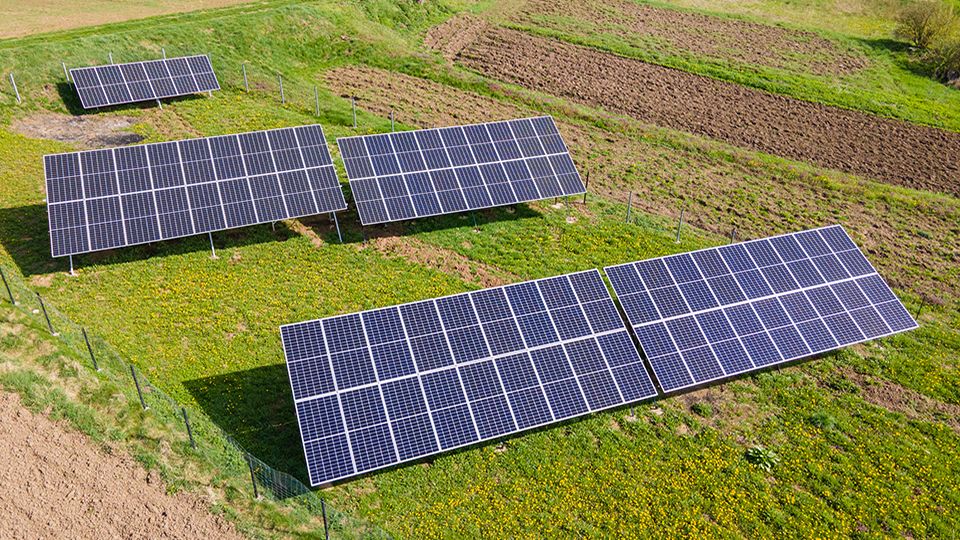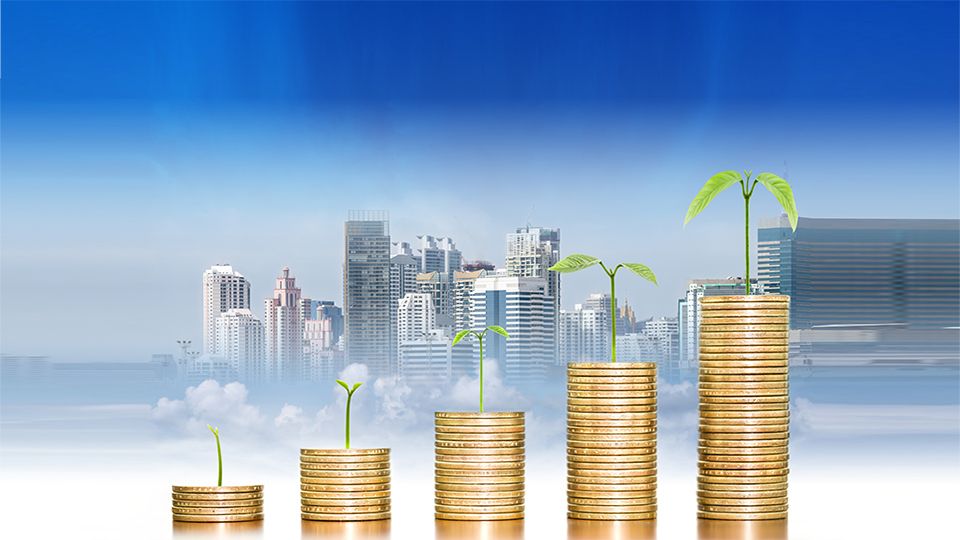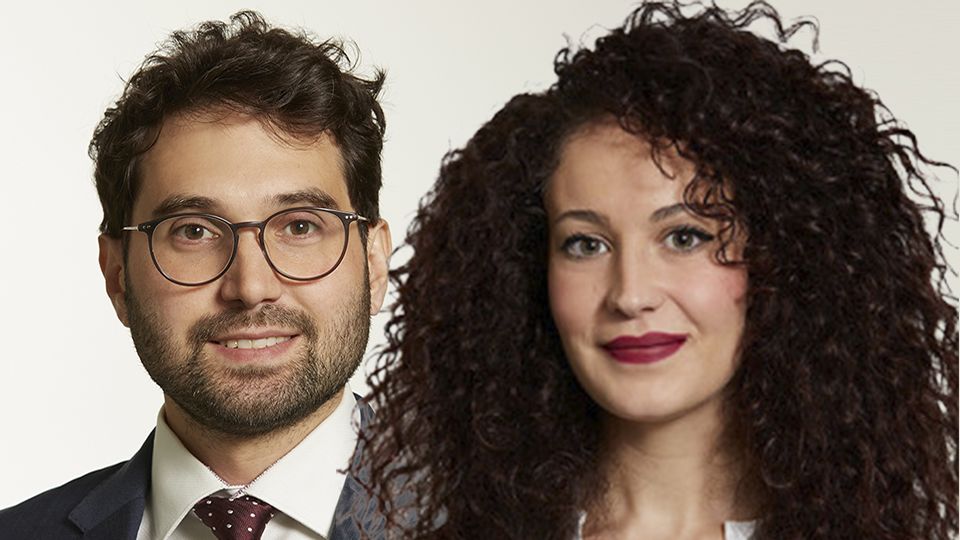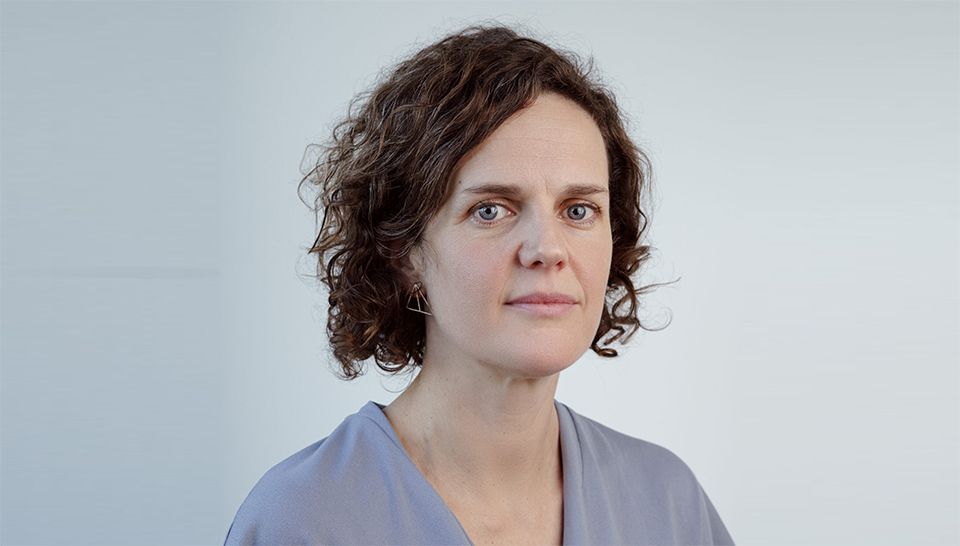Since its establishment in 2005, the Principles for Responsible Investment signatories now represent $100trn of asset under management (AUM), while one-third of the world’s AUM is also committed to net zero emissions.
“Sustainable investing is no longer an option. It is a necessity—for us, for the global economy, and for our investors,” said Christopher Conkey, global head of public markets at Manulife Investment Management (IM).
Yet, there is a disconnection between the money allocated to sustainable investment, and the region which needs it most, the EMs. This makes sustainable investing in EMs, especially in Asia, particularly urgent and compelling when compared with to the developed markets.
According to Morningstar, as of 31 March, only 4% of the global sustainable AUM were invested in the Asia-Pacific, with just 1.8% in Asia ex-Japan ex-Australia/New Zealand. Meanwhile, even though the European Union and the UK were responsible for less than 10% of the world’s emissions in 2017, 81.9% of the world’s sustainable investing AUM were allocated to Europe.
Moreover, Asia is expected to contribute to more than two-thirds of new global energy demand in the next two decades, and China now accounts for around half of the global consumption of steel, copper, aluminium, and cement, and it has the world’s largest coal-based power fleet.
Manulife believes the difference shows sustainable opportunities in EMs are underinvested, and a greater impact can be made if the world’s sustainable capital is focused more on the Apac region.
“While home-country bias may be partly to blame for the disconnect between sustainable capital and the impact it seeks to make, the disconnect may also be a function of certain biased beliefs around EM governance—that it lacks in transparency, oversight, and regulatory standardization across geographies and that state-owned enterprises overwhelmingly assert sovereignty over fair international competition,” said Kathryn Langridge, senior portfolio manager of EM equity.
Although the EMs, especially Asia, have a higher exposure to climate-related and social risks, the region is still deemed attractive because of the growing ranks of the middle class and the relatively high rates of economic development, said Langridge.
According to the World Economic Forum, the number of Asians in the middle class is expected to grow to at least three billion by 2030, which will have transformative implications for nutrition, healthcare, labour standards, and customer preferences in the region.
With increasing market and regulatory developments, Manulife thinks sustainable investment in EM may increase over time, but “the magnitude of today’s opportunities is only just beginning to become clear,” said Langridge.

